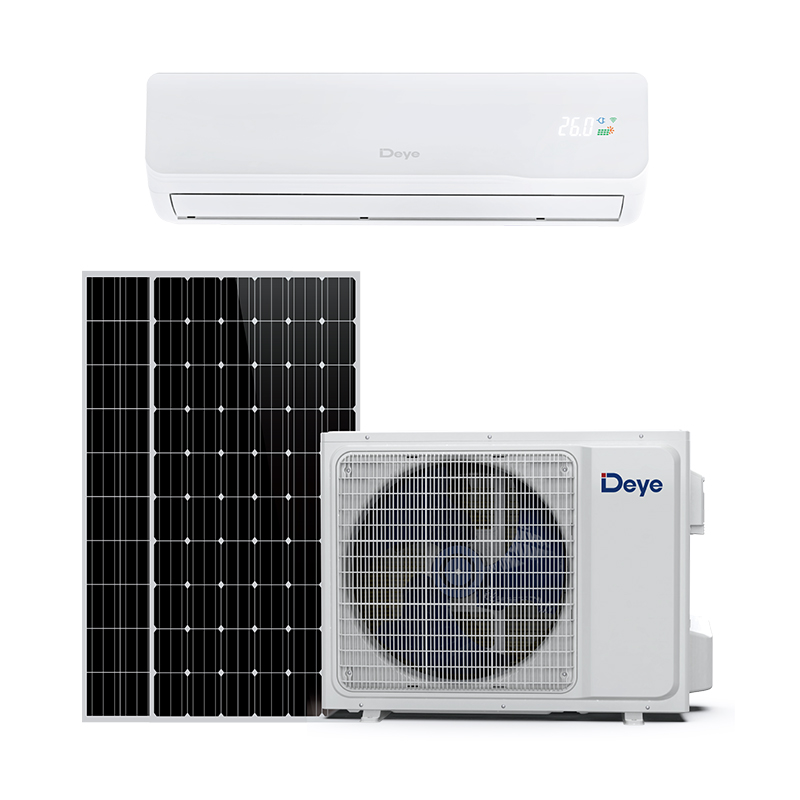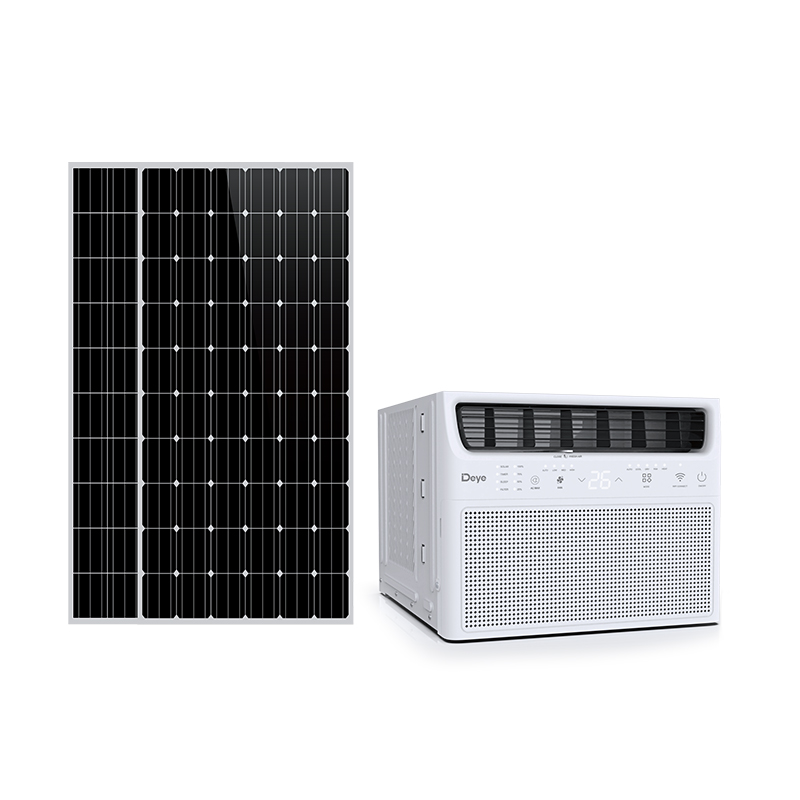Light commercial solar systems are versatile and can be adapted for many types of buildings and locations, but their suitability depends on several factors.
Suitable Buildings:Retail Stores: Single or multi-tenant retail spaces often have flat roofs or open areas suitable for solar panels.Office Buildings: Large rooftops or parking lots can support solar arrays.
Warehouses and Industrial Buildings: These often have vast, unobstructed roof spaces ideal for solar installations.Schools and Community Centers: Ample roof space and predictable energy needs make them good candidates.Hotels and Restaurants: Solar can reduce operating costs for energy-intensive businesses.
Less Suitable Buildings:Historical Buildings: Restrictions on structural changes may limit solar installation.Shaded Buildings: Structures surrounded by tall trees or neighboring buildings might not receive sufficient sunlight.High-rise Buildings: Limited roof space relative to energy demand can reduce feasibility.
Climate and Sunlight Availability:Locations with high solar irradiance (e.g., the Sun Belt in the U.S., tropical regions) are ideal.Areas with frequent overcast skies or low solar potential may see reduced efficiency, although modern panels perform well even in partial sunlight.Space Availability:Buildings with large, flat, or gently sloped rooftops or adjacent open land are ideal.Small buildings with limited roof space might face challenges in installing sufficient capacity.
Urban vs. Rural Locations:Urban Areas: Rooftop solar works well, but limited space and shading from other buildings can be challenges.Rural Areas: Ground-mounted solar or larger rooftop systems can be more feasible due to fewer obstructions and available land.
Roof Strength and Design:The building’s roof must be structurally sound to support the weight of solar panels, mounting systems, and other equipment.Certain roof materials, like metal or concrete, are more solar-friendly, while others, like clay tiles, may require additional modifications.Orientation and Tilt:Solar panels work best when installed at an optimal angle and orientation (e.g., south-facing in the Northern Hemisphere).
Flat roofs may need racking systems to achieve the correct tilt, adding complexity and cost.Shading and Obstructions:Buildings with minimal shading from trees, chimneys, HVAC units, or neighboring structures are more suitable.Partial shading can significantly reduce efficiency unless mitigated by technologies like microinverters or power optimizers.
On-grid Locations:Buildings connected to the electrical grid can benefit from net metering or feed-in tariffs, making solar more cost-effective.Off-grid Locations:Solar may still be viable but may require battery storage for energy reliability, which increases costs.
Permitting Requirements:Local regulations and zoning laws can impact the feasibility of light commercial solar installations.Buildings in historic districts or areas with strict aesthetic regulations may face additional hurdles.Incentives and Policies:Locations with strong solar incentives, subsidies, or favorable net metering policies make installations more attractive and financially viable.
Light commercial solar systems are not universally suitable for all buildings or locations, but they can be adapted to many scenarios with proper planning and design. Suitability depends on factors like the building's structure, location, and energy needs, as well as local climate, regulations, and sunlight availability. By conducting a site assessment and consulting with solar professionals, businesses can determine the feasibility and potential benefits of adopting a light commercial solar system.


 Español
Español русский
русский Français
Français Português
Português Deutsch
Deutsch عربى
عربى italiano
italiano













-1.jpg)


